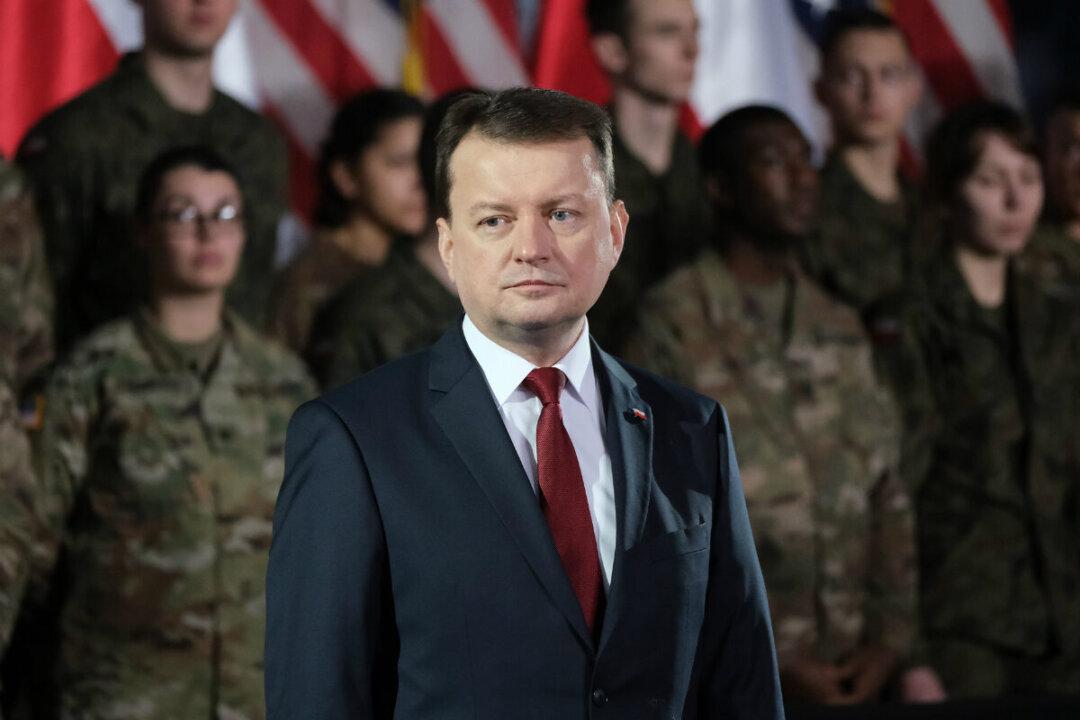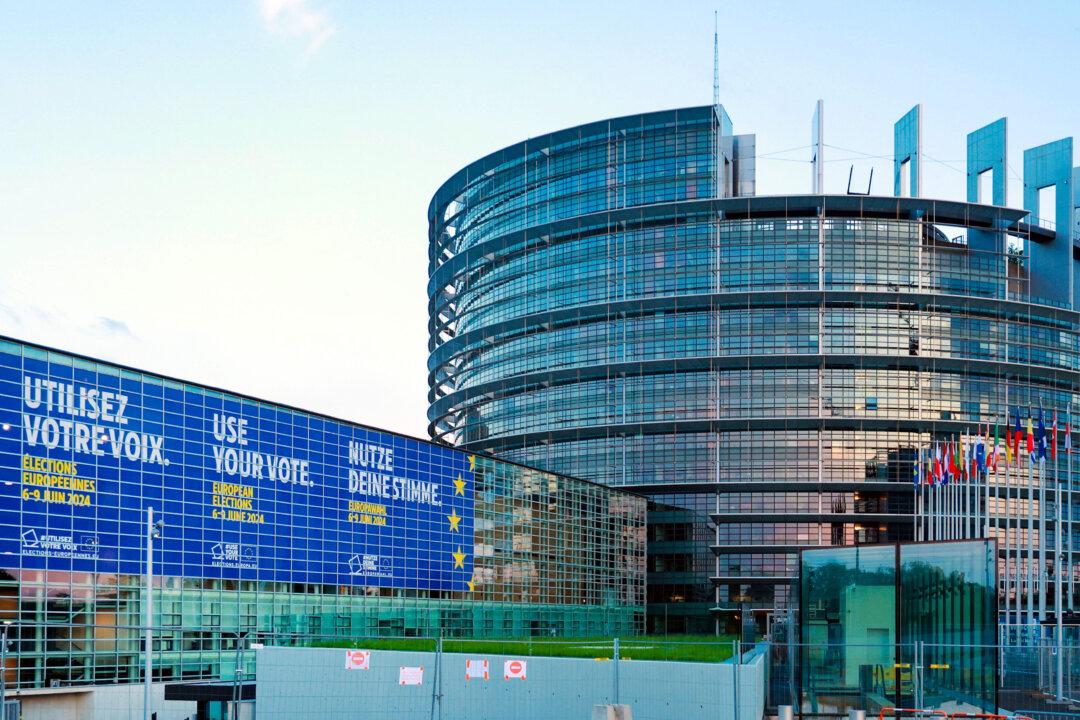The Baltic states and Poland, forming NATO’s eastern flank, play a unique and strategically significant role in the security of the entire North Atlantic Alliance and are crucial for the security of the Baltic region, Polish Defense Minister Mariusz Blaszczak said at the plenary meeting of the defense ministers of the Baltic region in Tallinn, Estonia, on Dec. 16.
As a result, transatlantic cooperation in bolstering Baltic security and defense is of major importance, the defense ministers of Baltic states and Poland agreed. In particular, they placed significant importance on the presence of American troops in Poland and also plan to develop air and missile defense systems on their territories that are similar to the Wisla system built in Poland in cooperation with the United States.





